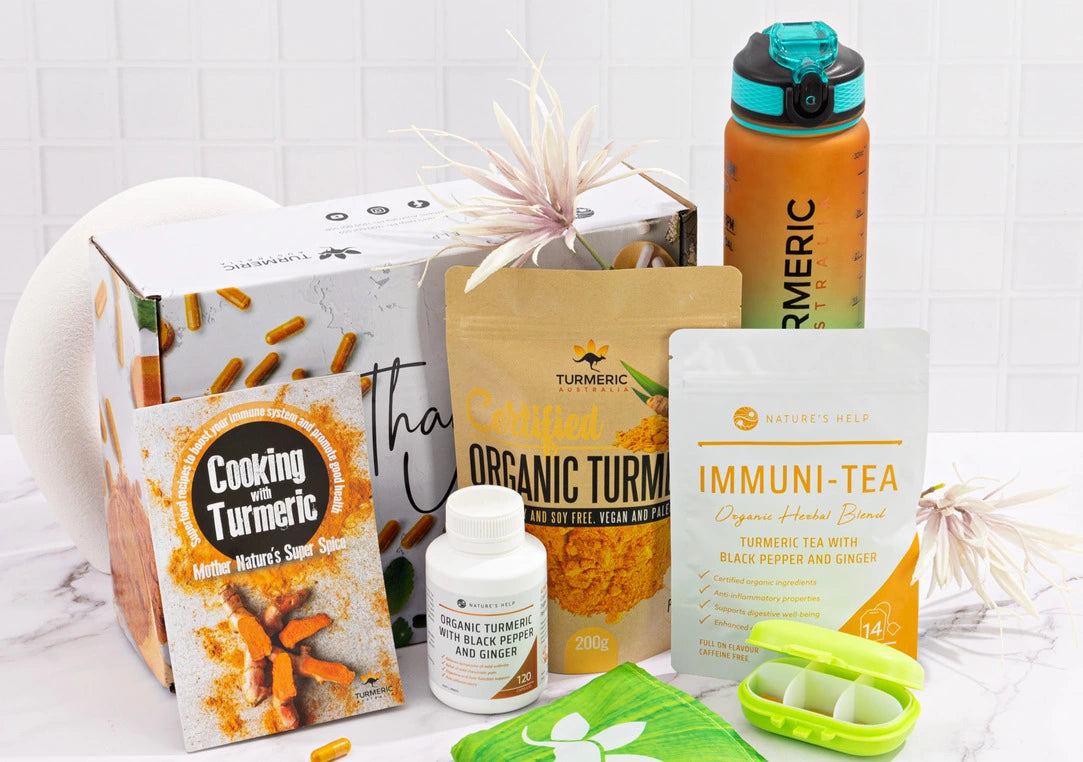Tea
Smoko time on the farm meant brewed tea leaves, served in an enamel mug and delivered to the paddock. It meant mum making scones, pikelets, cakes and biscuits to feed the shearers, the hay balers, the fencers and the musterers. If us kids were lucky, we got to pass the biscuit tin around, then play on the tractors.
It was strong, mud-coloured, black tea. Dad always said, “it should be strong enough to stand a spoon up in it”. The tea had a distinct aroma of tannin; leafy and woody. The milk was milked from the jersey cow that very morning, after separating out the cream.
Because nothing is wasted on a farm, the tea leaves were sprinkled on mum’s veggie garden to keep the snails at bay.
According to a 5000-year-old legend, a Chinese Emperor regularly drank boiled water. On an auspicious day, leaves fell into the water and he had ‘tea’. Tea was introduced into Japan in the 8th century, developing into ceremonial Japanese tea ceremonies.
Data on this odd new beverage filtered back to Europe, then tea was shipped back from China to Portugal, France and Holland. Caravans from China brought tea to Russia around about 1618. England imported tea by 1652, where it immediately became popular. By 1675, tea was available in most shops.
The Dutch exported tea to New York after settlers pledged to boycott English tea, because of the 1767 tea tax. The Boston Tea Party was a political protest against the tax, eventually sparking the American Revolution.

An American was the instigator of ‘iced tea’, back in the 1904 heatwave, when ice was added to the tea. A few years later an American tea merchant came up with the concept of ‘bagged’ tea, simply to avoid the mess of tea leaves. Initially, tea was only for the wealthy, but eventually, the value dropped and the populace could afford tea.

An evergreen bush, tea grows best in sub-tropical climates. Harvested by hand, it is the top young leaves, called the bud, that is picked. China, India, Sri Lanka and Kenya are the biggest tea producers, representing about 75% of the global production. New South Wales grows a small amount of tea in Australia, with tourist centres on the tea plantations.
The five basic blends of tea are White, Green, Oolong, Pu’erh and Black.

White Tea leaves are harvested at a very young age. The name derives from the silvery-white hairs of the unopened bud. As the least processed, it is very high in antioxidants.

Black Tea undergoes fermentation which transforms its colour. Made from the leaves of Camellia synesis, it is the strongest of the teas and the base for all breakfast teas.
With virtually no calories, tea contains natural oxidants called flavonoids. If you wish to maintain healthy cells and tissues, drink tea. A recent report by the Academy of Nutrition and Dietetics recognised the possible health benefits from tea drinking, which may include reducing of fatigue feelings and improving mental attentiveness. Some teas favoured for its calming properties are peppermint, chamomile and lavender.

Today, tea is the most consumed beverage in the world, after water, and features in specialist stores such as T2. Grown in more than 30 countries, tea cultivation produces 3 billion kilos of tea each year; equivalent to 1.5 trillion cups of tea!

TURMERIC TEA
-
Make a paste of 1 tsp of honey and 1 tbsp each of ginger and turmeric. (This keeps well in a jar for your next cup of tea).
-
Pour a cup of nearly boiling water over a spoonful of the paste
-
Add a squeeze of lemon
-
Grind some black pepper on top.
-
Check the Turmeric Australia website for this new invigorating tea drink.




